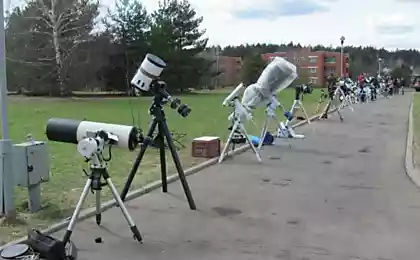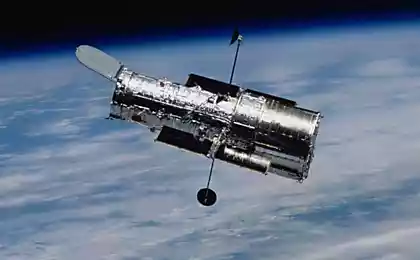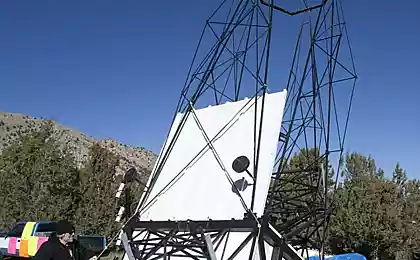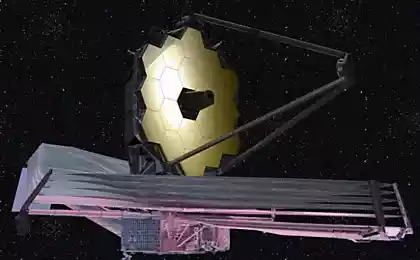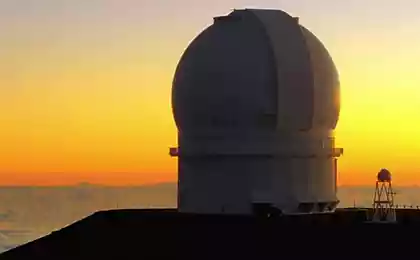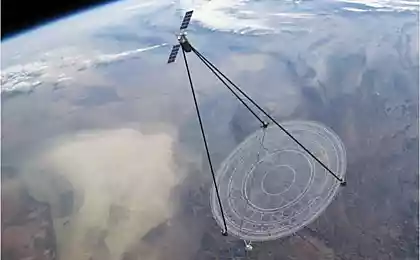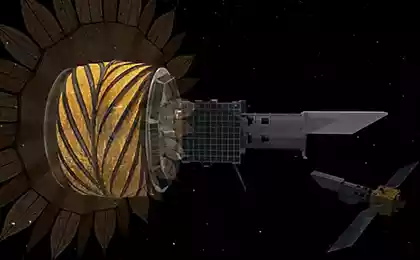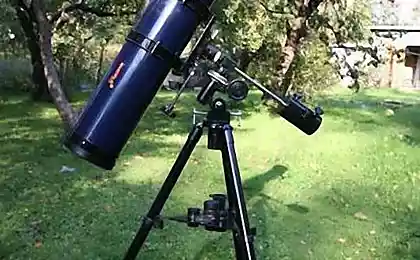929
«SDO» is ready to launch
Solar Dynamics Observatory (Solar Dynamics Observatory, SDO), is ready to launch, which is scheduled for February 9 at 10:30 am local time in Florida. The spacecraft will go on an unprecedented mission to study our sun.
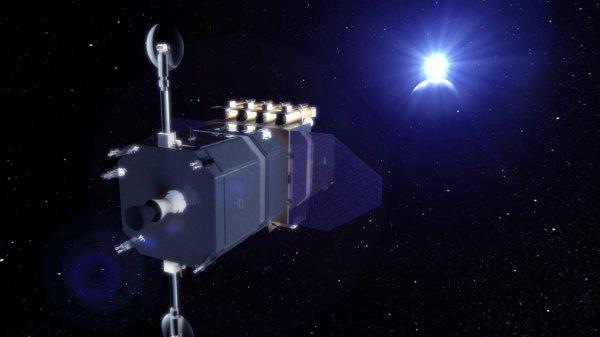
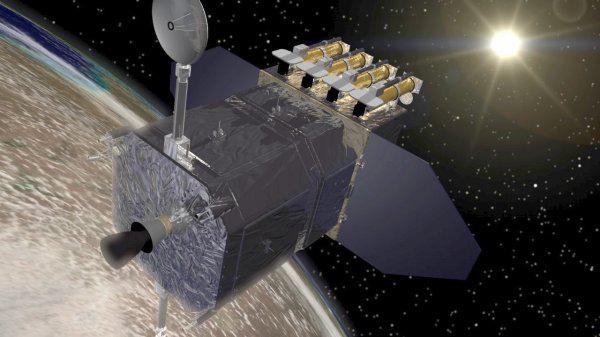
The purpose of the Observatory - to study the flash, spots, and other phenomena on the sun. It is equipped with the most powerful telescope that ever was used for the study of solar physics. Scientists hope that through «SDO» will disclose the hidden secrets of our star.

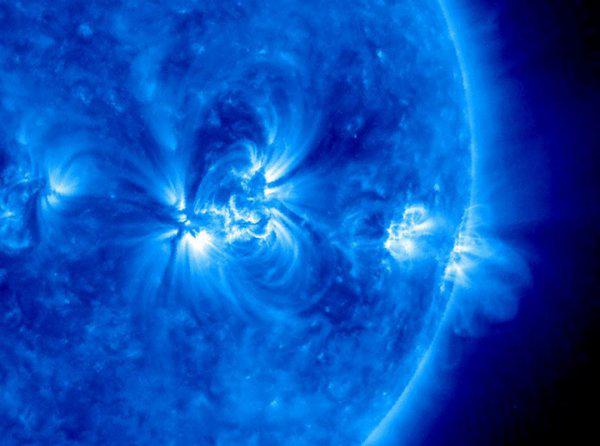
Solar Dynamics Observatory satellite is the first program of NASA - Living with a Star (LWS), which can be translated as "Life with the Stars." The spacecraft was designed on a flight duration of 5 years, but scientists naedyatsya that its life would be so much more. For example, the satellite «SOHO», which is also designed for the flight for 5 years, in 2005, celebrated its 10th anniversary.
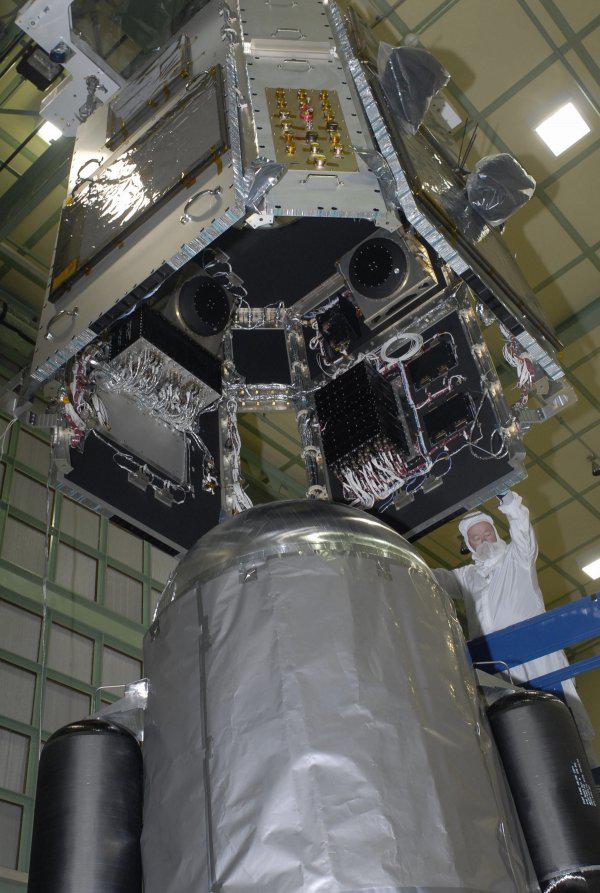
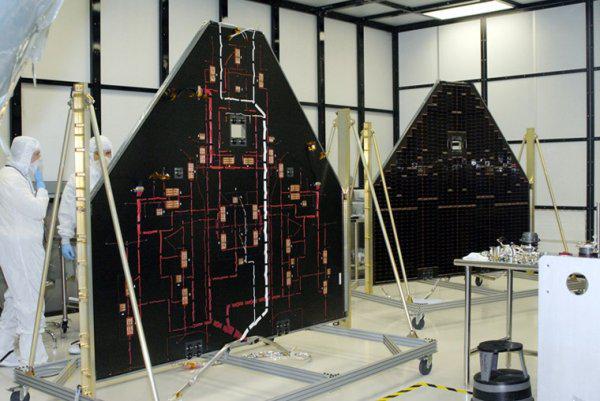
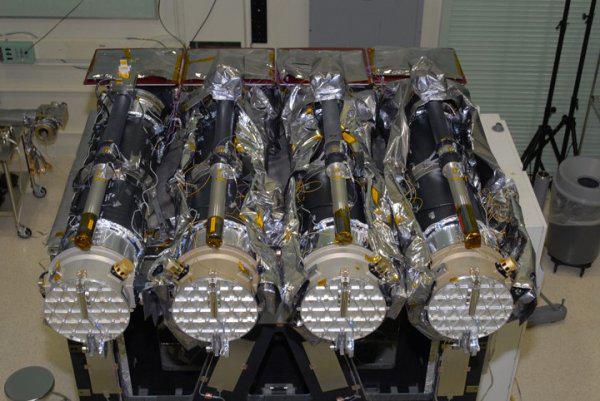
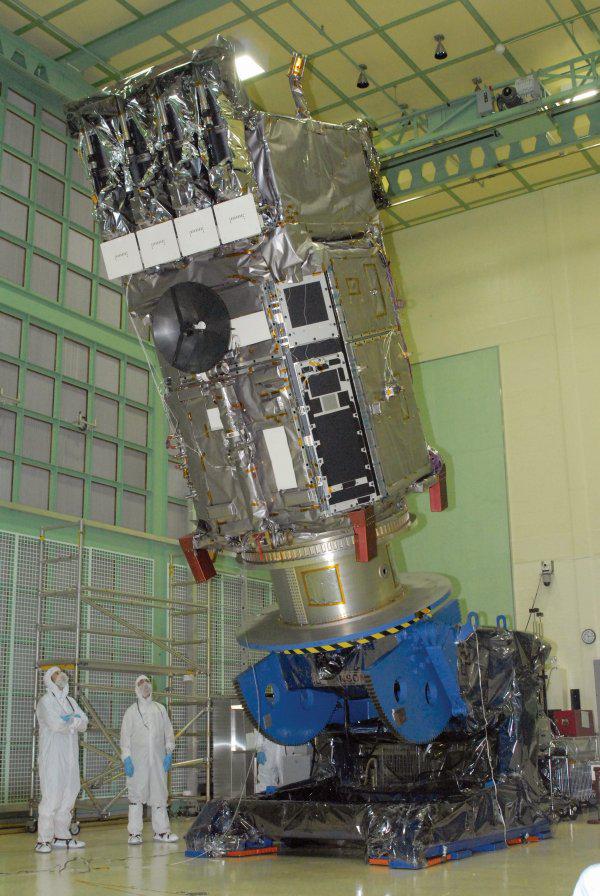
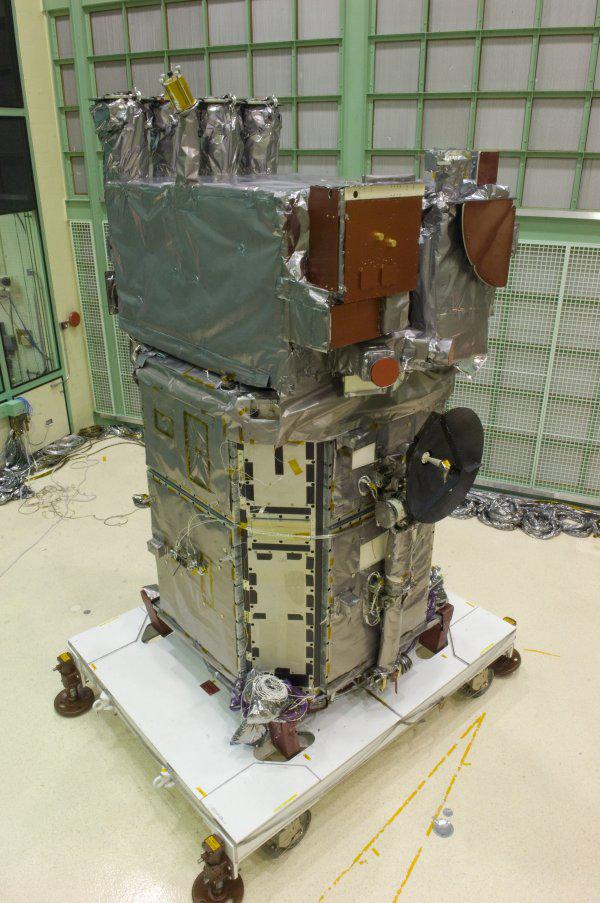
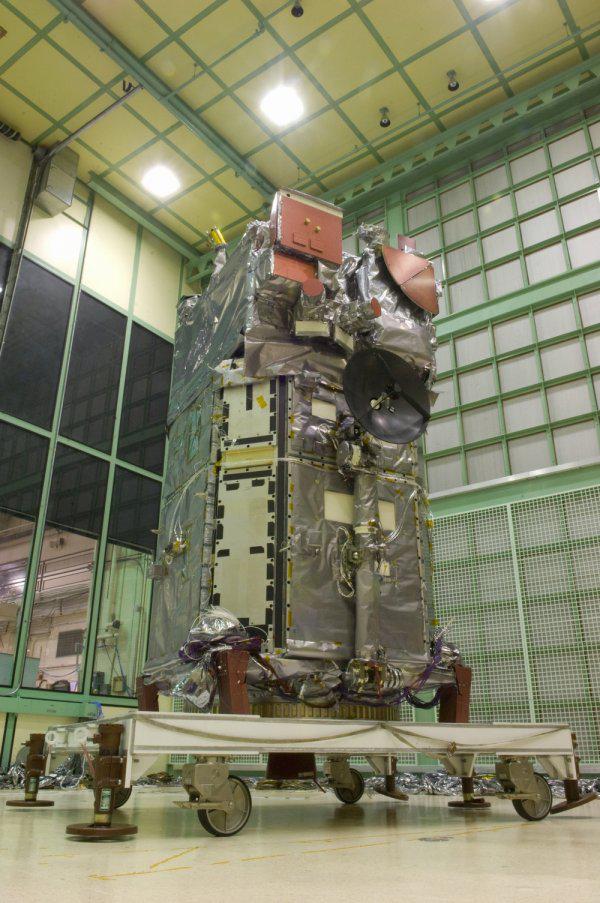
The observatory is different from any other satellite so that it will collect vast amounts of information every day - about 1, 23 Gb per minute. Since the satellite will not be able to store and process data as their own, it will be launched into a geostationary orbit. This is done so that it rotates at the same speed with the Earth, providing uninterrupted communication with the ground station in New Mexico.


The purpose of the Observatory - to study the flash, spots, and other phenomena on the sun. It is equipped with the most powerful telescope that ever was used for the study of solar physics. Scientists hope that through «SDO» will disclose the hidden secrets of our star.


Solar Dynamics Observatory satellite is the first program of NASA - Living with a Star (LWS), which can be translated as "Life with the Stars." The spacecraft was designed on a flight duration of 5 years, but scientists naedyatsya that its life would be so much more. For example, the satellite «SOHO», which is also designed for the flight for 5 years, in 2005, celebrated its 10th anniversary.






The observatory is different from any other satellite so that it will collect vast amounts of information every day - about 1, 23 Gb per minute. Since the satellite will not be able to store and process data as their own, it will be launched into a geostationary orbit. This is done so that it rotates at the same speed with the Earth, providing uninterrupted communication with the ground station in New Mexico.
